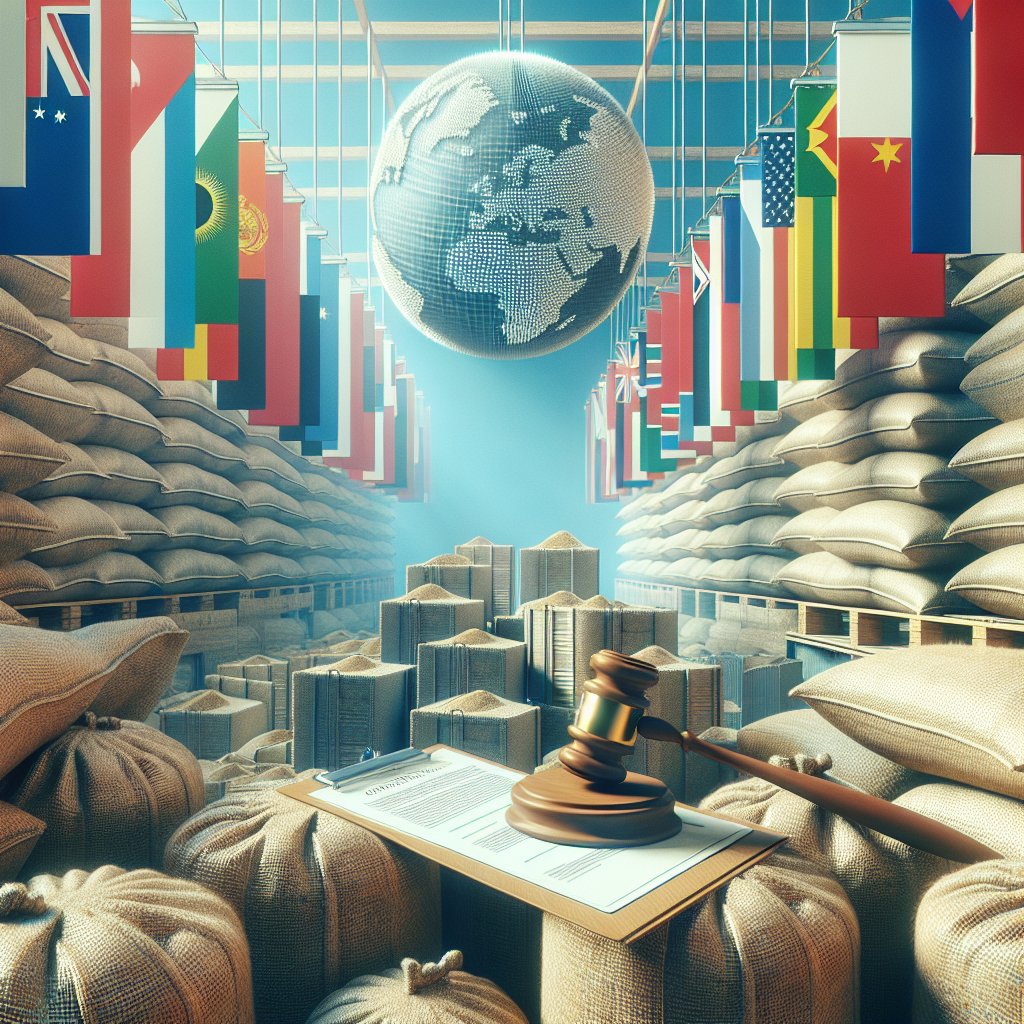The impact of government policies on grain markets is a complex and multifaceted issue that affects farmers, consumers, and the global economy. Grain markets are influenced by a variety of factors, including supply and demand dynamics, weather conditions, and international trade agreements. However, government policies play a crucial role in shaping these markets, often determining the stability and profitability of grain production. This article explores the various ways in which government interventions, such as subsidies, tariffs, and regulations, influence grain markets and the broader agricultural landscape.
Government Subsidies and Their Effects on Grain Production
One of the most significant ways that governments impact grain markets is through subsidies. These financial aids are designed to support farmers, stabilize prices, and ensure food security. Subsidies can take various forms, including direct payments to farmers, price supports, and crop insurance programs. The rationale behind these subsidies is to encourage production, especially in times of economic uncertainty or adverse weather conditions.
Subsidies can lead to increased grain production, as they provide farmers with the financial security needed to invest in their operations. For instance, in the United States, the Farm Bill allocates billions of dollars annually to support various agricultural sectors, including grains. This financial backing allows farmers to purchase better seeds, invest in technology, and adopt sustainable practices, ultimately leading to higher yields.
However, while subsidies can boost production, they can also distort market dynamics. When governments provide financial support, it can lead to overproduction, resulting in lower prices for grains. This situation can be particularly detrimental for farmers in countries that do not offer similar subsidies, as they may struggle to compete in a global market flooded with cheaper grains. Additionally, excessive reliance on subsidies can create a cycle of dependency, where farmers become less inclined to innovate or adapt to changing market conditions.
Environmental Considerations
Government subsidies can also have environmental implications. For example, in some regions, subsidies for certain crops, such as corn or soybeans, have led to monoculture farming practices. This approach can deplete soil nutrients, reduce biodiversity, and increase vulnerability to pests and diseases. Furthermore, the overuse of fertilizers and pesticides, often encouraged by subsidy programs, can lead to water pollution and other environmental issues.
In response to these challenges, some governments are beginning to shift their subsidy policies towards more sustainable practices. This includes providing incentives for organic farming, crop rotation, and conservation efforts. By aligning subsidies with environmental goals, governments can help create a more sustainable grain market that benefits both farmers and the ecosystem.
Trade Policies and Their Influence on Grain Markets
Trade policies are another critical aspect of government intervention in grain markets. Tariffs, quotas, and trade agreements can significantly impact the flow of grains across borders, affecting prices and availability. For instance, when a country imposes tariffs on imported grains, it can protect domestic producers from foreign competition. However, this protectionism can lead to higher prices for consumers and may provoke retaliatory measures from trading partners.
International trade agreements, such as the North American Free Trade Agreement (NAFTA) or the European Union’s Common Agricultural Policy (CAP), also play a vital role in shaping grain markets. These agreements can facilitate trade by reducing tariffs and promoting cooperation among member countries. For example, NAFTA has allowed for increased trade in grains between the United States, Canada, and Mexico, benefiting farmers in all three countries.
Global Market Dynamics
The interconnectedness of global grain markets means that government policies in one country can have ripple effects worldwide. For instance, if a major grain-producing country decides to restrict exports to ensure domestic food security, it can lead to price spikes in other countries that rely on imports. This scenario was evident during the COVID-19 pandemic when several countries implemented export bans on essential food items, causing panic in global markets.
Moreover, government policies related to biofuels can also influence grain markets. As countries seek to reduce their carbon footprints, many have turned to biofuels as an alternative energy source. This shift has increased demand for certain grains, such as corn and sugarcane, which are used in biofuel production. Consequently, government mandates for biofuel usage can drive up grain prices, impacting food security and affordability.
Conclusion
The impact of government policies on grain markets is profound and far-reaching. Subsidies can enhance production but may also distort market dynamics and lead to environmental challenges. Trade policies shape the global landscape, influencing prices and availability while creating interdependencies among nations. As governments navigate the complexities of agricultural policy, it is essential to strike a balance between supporting farmers, ensuring food security, and promoting sustainable practices. The future of grain markets will depend on the ability of policymakers to adapt to changing economic, environmental, and social conditions while fostering a resilient agricultural sector.













